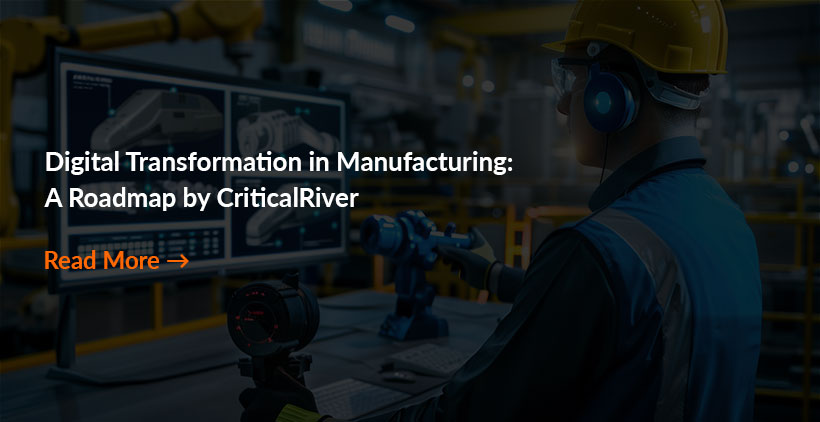COVID-19 pandemic has transformed the circumstances of people all around the world. While the range of the pandemic’s destruction is still unexplored, it is clear that the pandemic has wreaked devastation on the global economy and world order. Companies worldwide, exercising both B2B and B2C business models, have tolerated the lockdown’s brunt and are only slowly leading towards the path of normalcy.
Sadly, the path to restoration is not a straightforward one. Businesses are suffering numerous hurdles in keeping their financial wheels rolling. Limited demand, irregular supply of raw material and workforce, and the overall uncertainty in the global economic conditions have made matters worse. Organizations are also grappling to keep pace with new changes and disturbances in the procurement and supply chain processes.
In the post-pandemic world, the ones managing procurement and supply chain organizations will have to adjust to a new set of practices and remodel their businesses to sustain in the short term and become productive in the long term.

Here are supply chain and procurement trends to watch out for

Remote markets & New business models
COVID-19 has enabled companies to explore new remote markets that can substitute for exhausting sales and become steady revenue streams in the future. The pandemic has forced a lot of regular consumers to try out online purchasing for the first time. Businesses will have to swiftly turbocharge their e-commerce sales channels to benefit from this second-coming of electronic commerce. When traditional ways of doing business are not working, organizations require to explore new business models.

Data Cleansing
Data will be cleansed and developed using machine learning methods that automatically leverage process outcomes to recognize and remedy data irregularities within systems. Support work orders, which handle purchase orders, will be notified by the actual usage of materials in closed jobs. It will create a digital cycle where data will continuously develop.

The change in industry spending
The pandemic has forced the world into turmoil. Irrespective of business size, industry sector, or geographic location, most companies decrease their spending and seek long-term sustainability in the ‘new normal.’ Businesses in healthcare, logistics, technology, and media see an uptick in spending because they had to spend in unplanned remote workforces virtually overnight. In contrast, organizations in the travel, hospitality, and energy are working to save cash as the decline in demand has severely harmed their businesses.

Integrated Ecosystem
The data obtained from the Internet of Things (IoT) will allow real-time tracking and monitoring of results through constant feedback loops across assets. Asset-intensive businesses will ultimately link this data across the enterprise and attach it to suppliers, allowing touchless procurement. This process will eventually build an improved data platform to notify decision-making around spend and buying patterns, catalog content, supplier portfolios, and contract realization.
Final Thoughts!
Procurement leaders of the future must adjust to make sense of the new skills and technologies coming soon. With the future just around the corner, this is the right time for any organization to establish a clear procurement strategy to adopt and use disruptive technologies instead of being overwhelmed by them.



